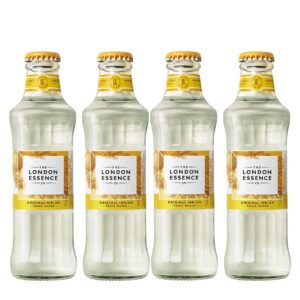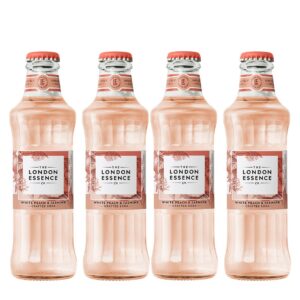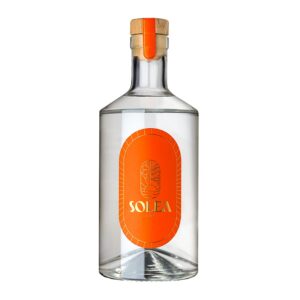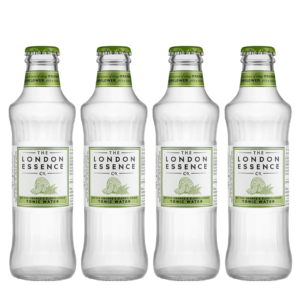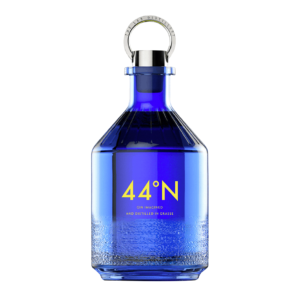From 1920 to 1933, the United States tried an unprecedented experiment: making alcohol consumption illegal. If it will only have a short existence, this decade is at the origin of cocktails and trends still current. This is notably the case of the speakeasies, imagined at that time and returned to the forefront in recent years…but also of the Last Word.
An eventful history
While only private clubs are allowed to serve alcohol, the Athletic Club of Detroit unveils a unique cocktail. While there is much debate about the stories surrounding its creation, it is said to have been named Last Word in honor of comedian Frank Fogarty and his ability to always have the last word. It was then forgotten for a long time before making a remarkable comeback a few decades later thanks to Murray Stevenson of the Zigzag Cafe in Seattle. It’s 2004 and the Last Word is finally back in the spotlight. It conquered bars all over the world and became a classic for mixologists. This success is due in part to its balanced flavors and distinctive green color.

The recipe is simple:
2cl of gin
2cl of Chartreuse Verte, a famous liqueur from Isère made from 130 plants, flowers, barks, roots and spices
2cl of Marasquin liqueur, made from the distillation and maceration of marasques, sour cherries
2cl of lime
Put all the ingredients in a shaker with ice cubes, shake vigorously for about ten seconds and pour into a cup with a strainer. Add a cherry brandy on a spike, a lime peel or slice and your cocktail is ready. And for the more adventurous, there are several variations that you will certainly enjoy tasting. Replace the Chartreuse with Aperol and gain fruitiness with a Paper Plane, or with Pernod and you get a Greenpoint with aniseed notes. Finally, forget the Maraschino liqueur and opt for red vermouth. This well named Bijou is both sweet and spicy.


